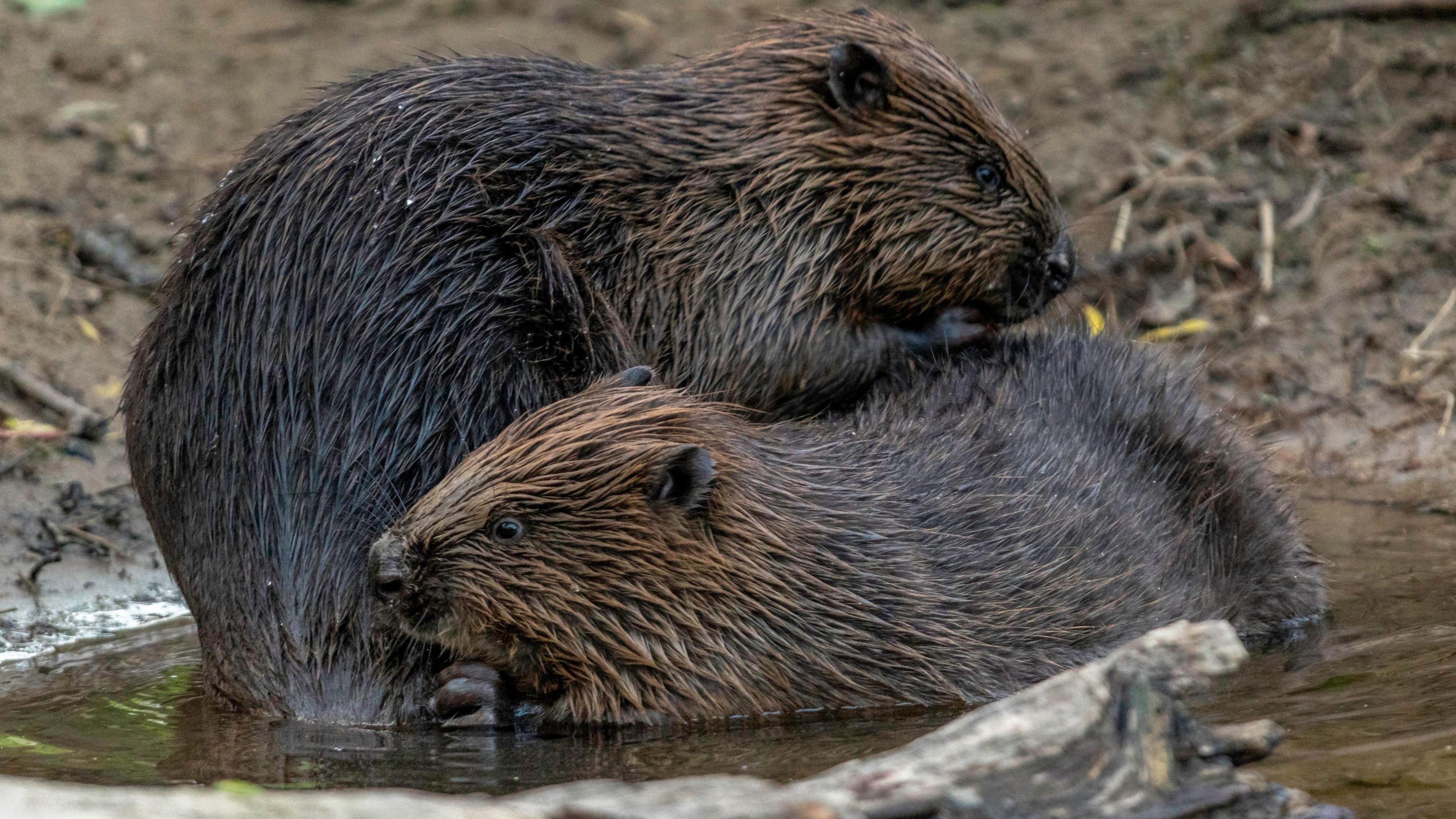Beavers 'vital' to restore important peat bog
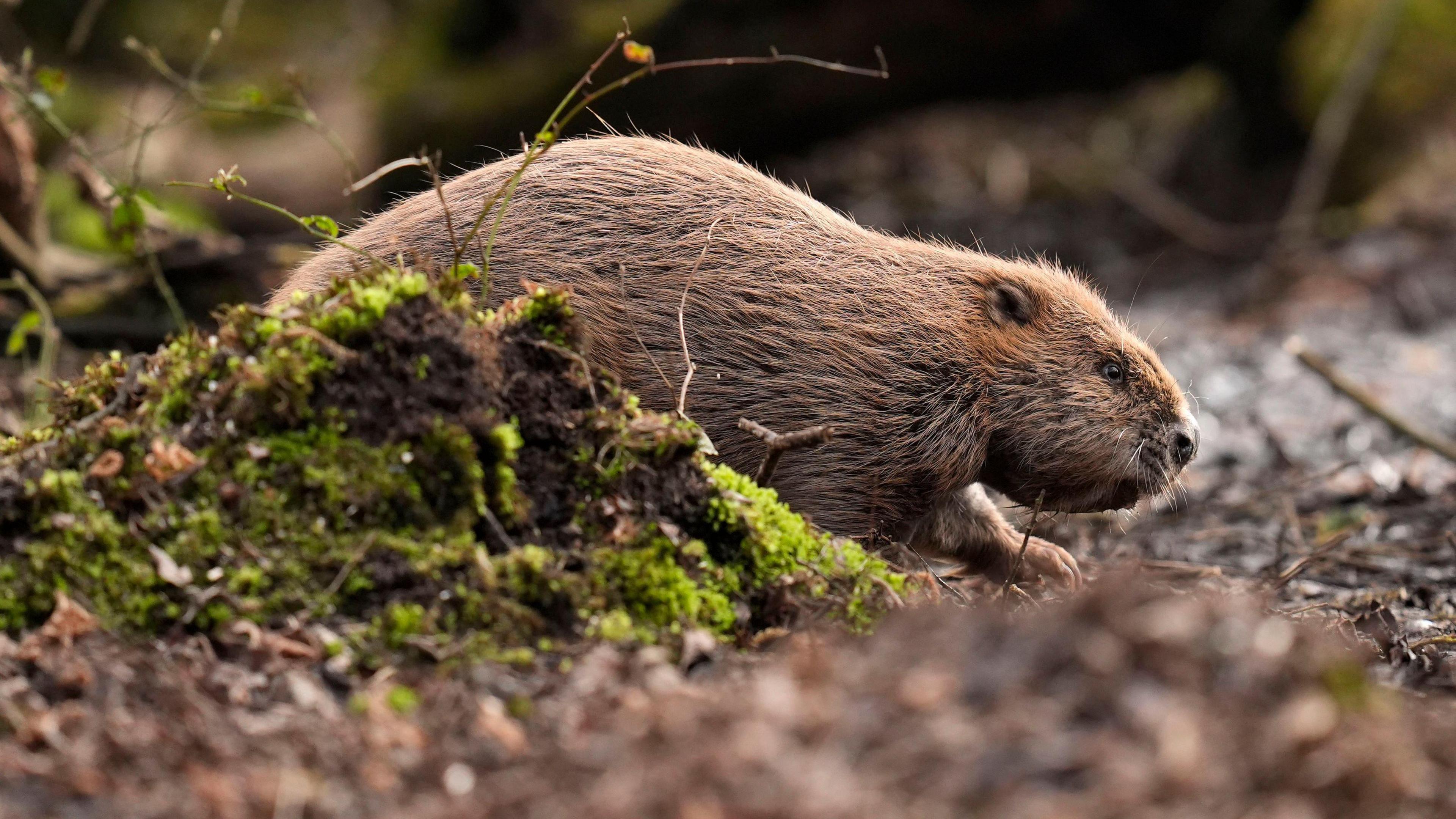
If the extra £25,000 is raised, an adult pair of beavers will be released in Craddocks Moss in May 2026
- Published
A wildlife trust needs to raise an additional £25,000 if it is to realise a plan to bring in beavers to revive a bog of international importance.
Craddocks Moss, near Newcastle-under-Lyme, is a peat site dating back to the last ice age, but has since lost many of its rare plants because of installed drainage and the planting of conifers.
Staffordshire Wildlife Trust (SWT) has worked since 2021 to restore the 47-acre (19 hectares) site. However Jeff Sim, head of nature reserves, said they now need help from some "master munchers."
"[Beavers] can help us rewet the peat and restore the habitat and they do it naturally," he explained to BBC Radio Stoke.
"They love to eat things like brambles and small trees, so they will really help us control the scrub that's trying to take over the Moss."
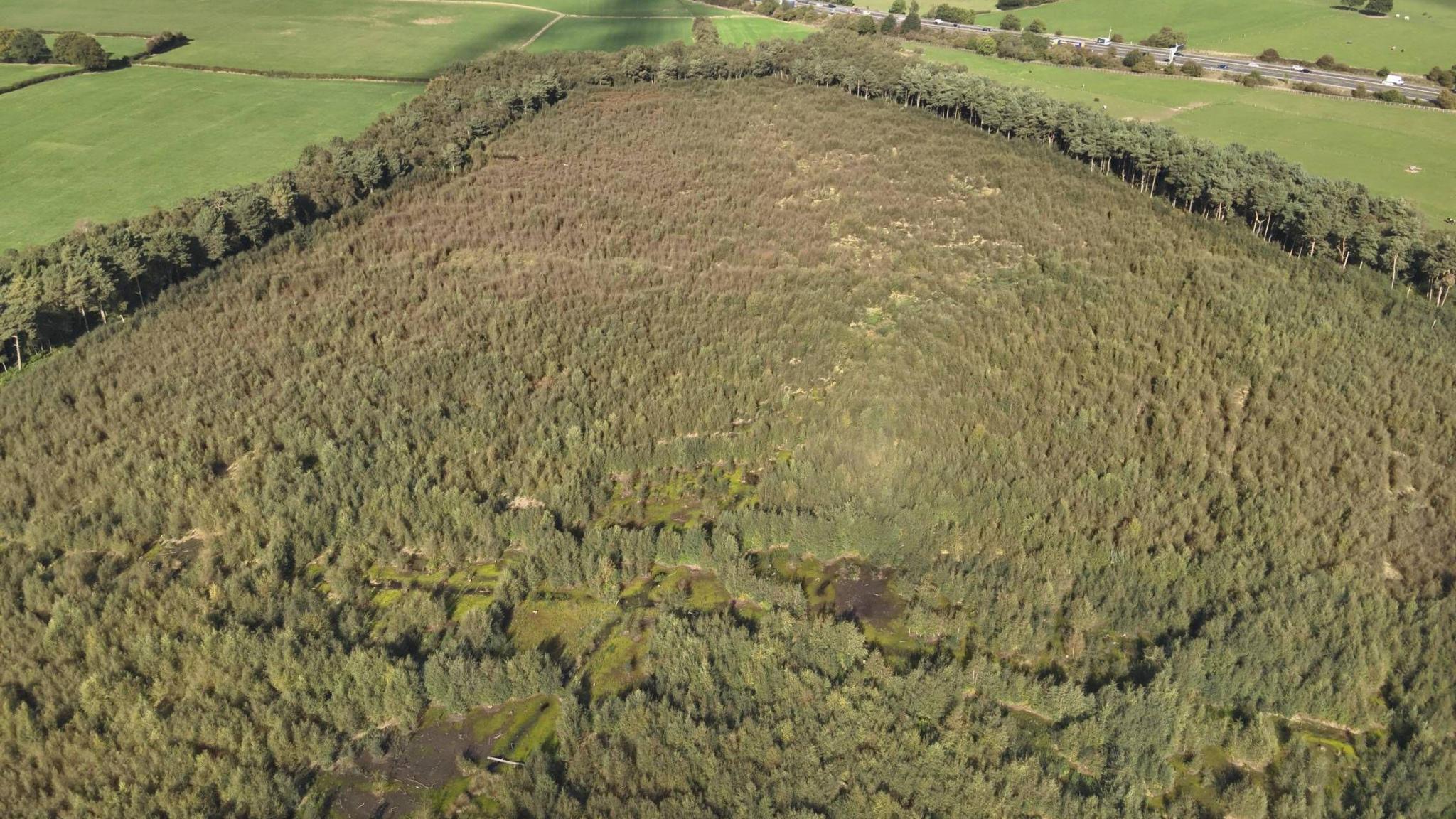
The 47-acre site beside the M6 is the equivalent size of 26 football pitches
Craddocks Moss dates back to the end of the last ice age, about 10,000 years ago, when the area was covered by glaciers.
As these started to melt and retreat, they left depressions which contained vast quantities of peat underground.
The slightly acidic ground conditions allowed rare plants to grow, but these have been under threat in recent years.
SWT bought the site in 2019, concerned about, but seeing the potential to restore, the historic lowland bog.
'Beavers are amazing'
"Many of these meres and mosses, as Croddocks Moss has, have been destroyed over the centuries, by drainage mainly," Mr Sim warned.
"So it's really important, because we've got these in our backyard, that we restore them," he stressed.
"Not only to bring back the lost plants and species that used to have been there, but also, these peatlands in a degraded state, they're actually releasing carbon into the atmosphere."
Although SWT have worked extensively to block exiting drainage systems into the bog, the deep pools of water make it a treacherous place to access.
"Beavers are an amazing animal," Mr Sim explained. "They do it naturally in an area where we would really struggle to get contractors."
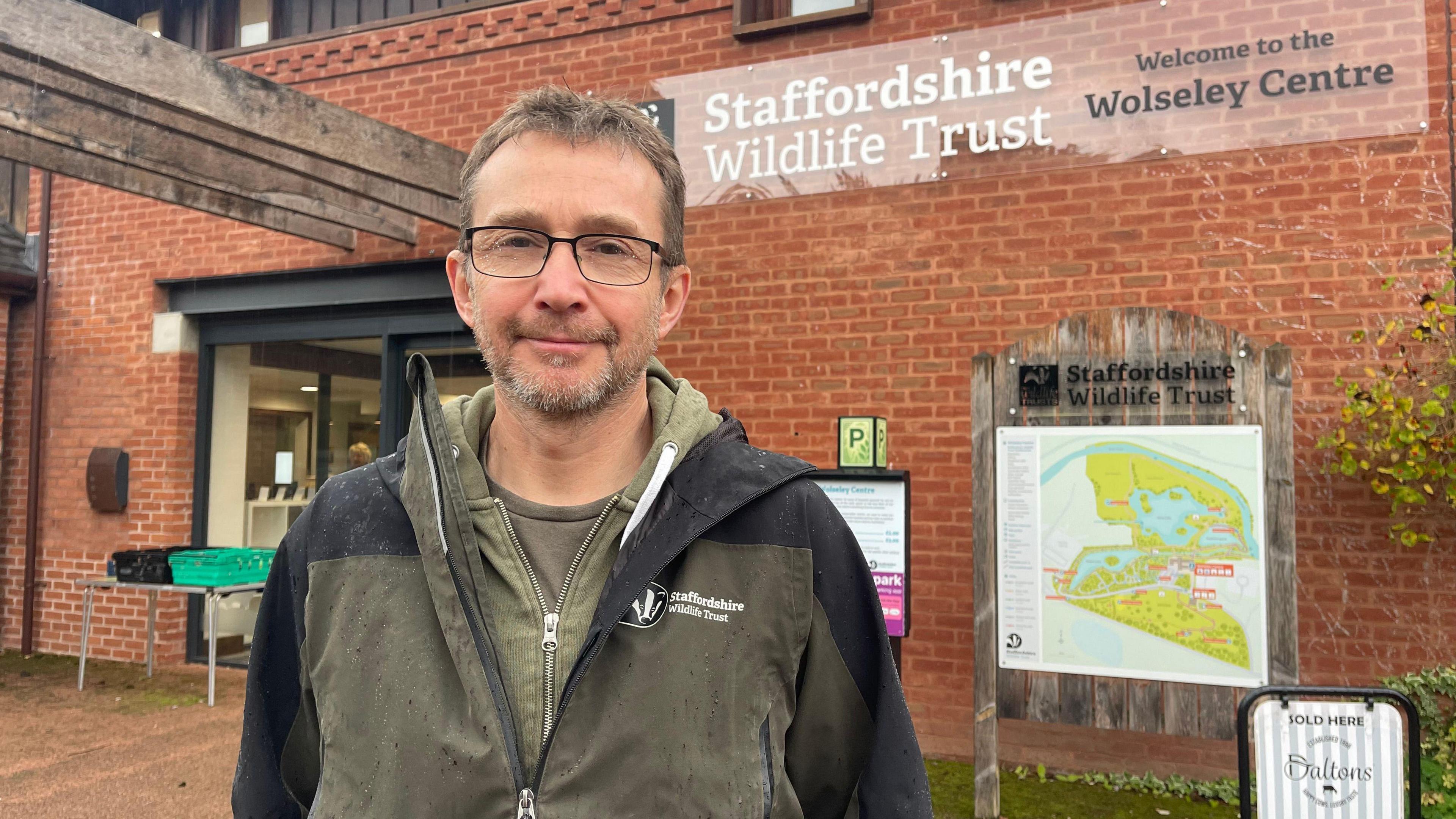
Jeff Sim, head of nature reserves for SWT, says it is vital the peat bog is restored, as in its current state it is releasing carbon into the atmosphere
SWT has already raised £150,000 towards the project but requires another £25,000 from public donations.
The money will be used to fence around the entire site, to monitor the beavers' activity, prepare the ground and install paths and a viewing platform for public use.
The beavers are ready and waiting in Scotland, and if the money is raised by Christmas, a pair will be released next May.
"We're ready to go, we've got the plans ready, we just need that extra £25,000," Mr Sim added.
Related topics
Related stories
- Published2 October
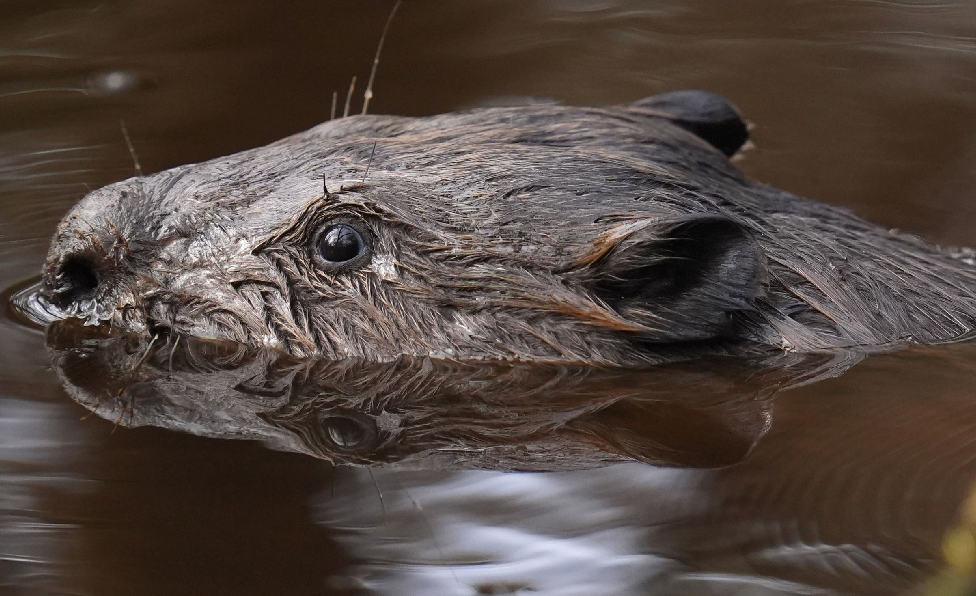
- Published12 September
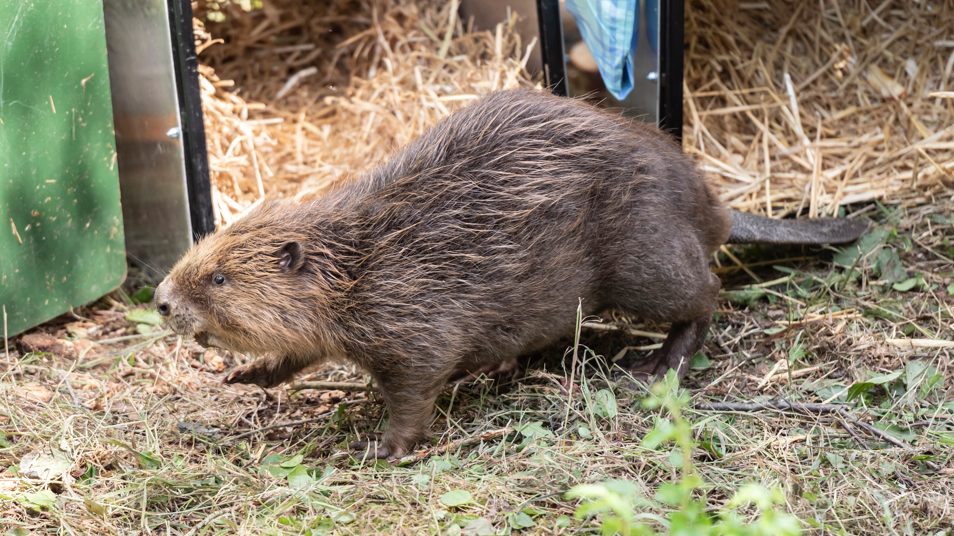
- Published5 March
